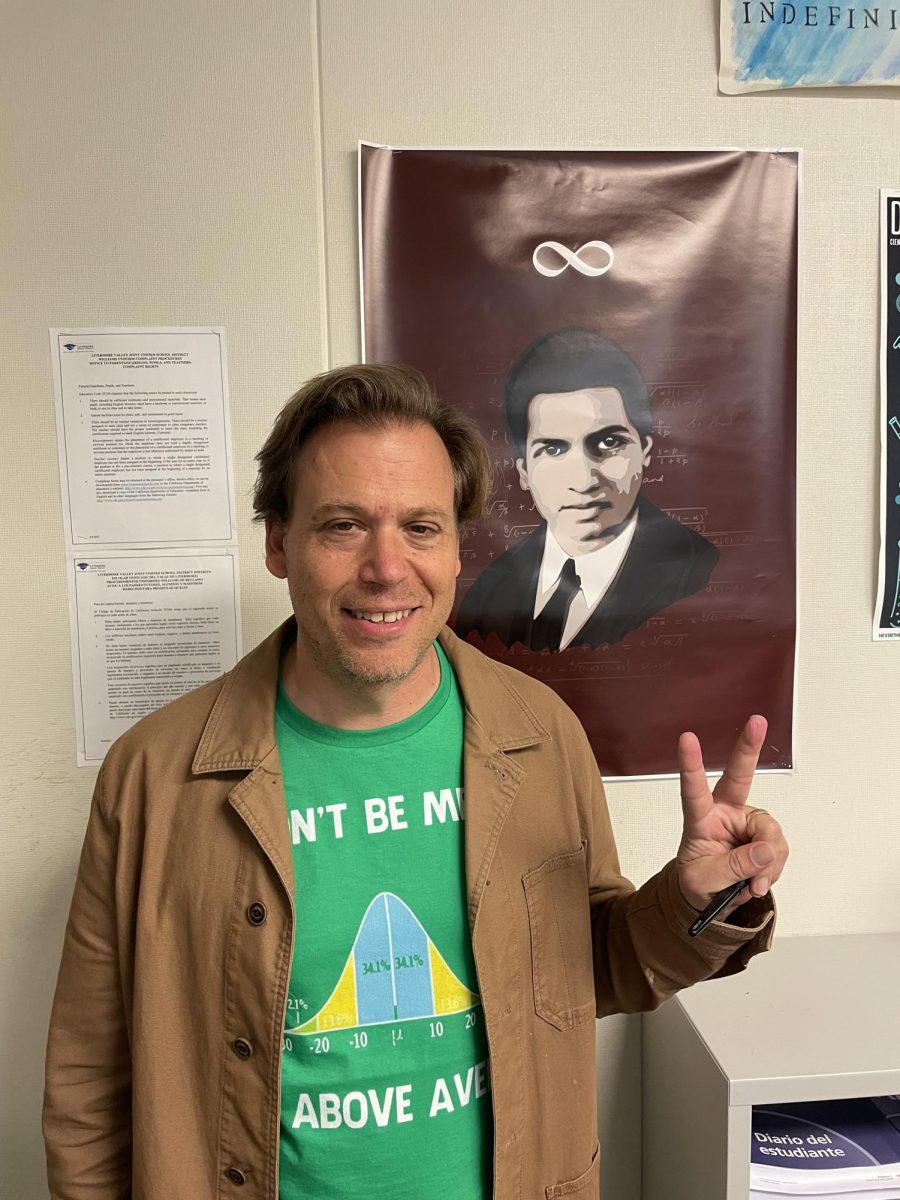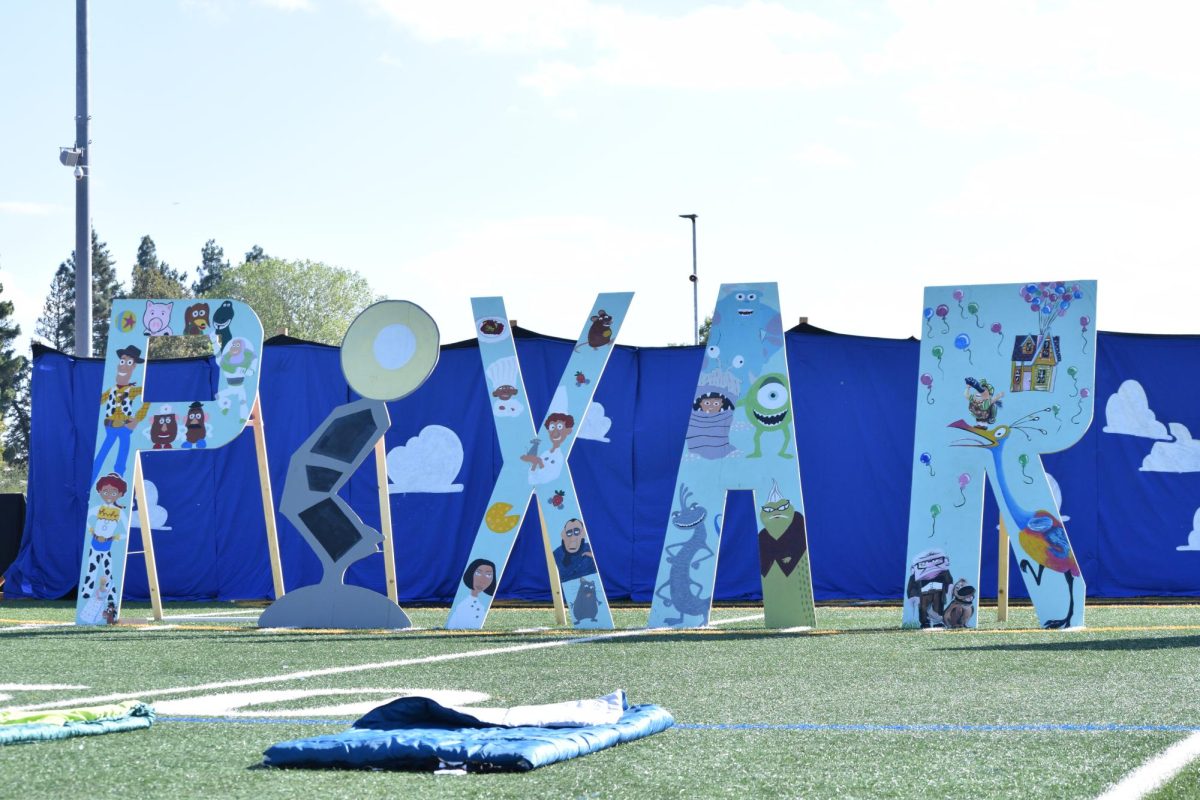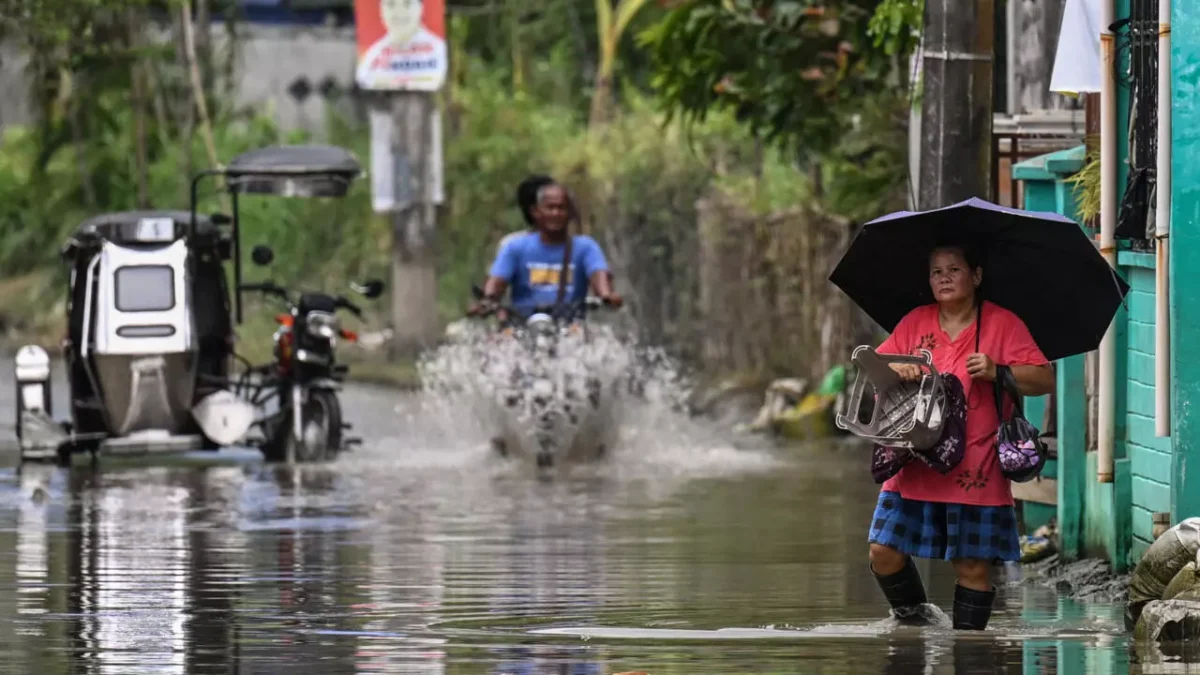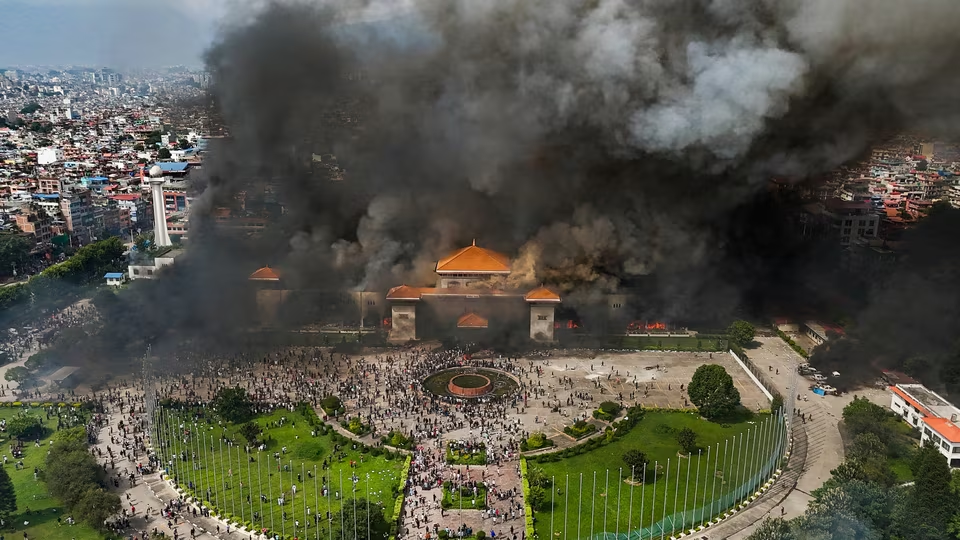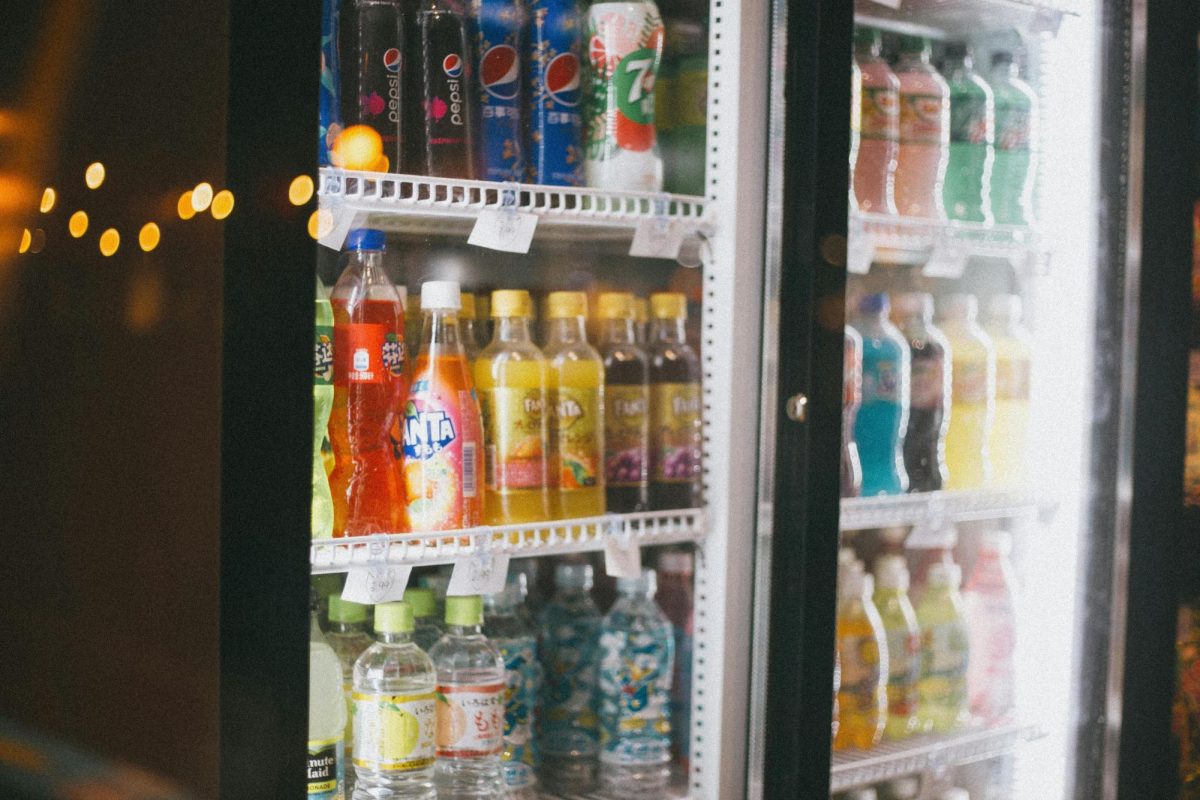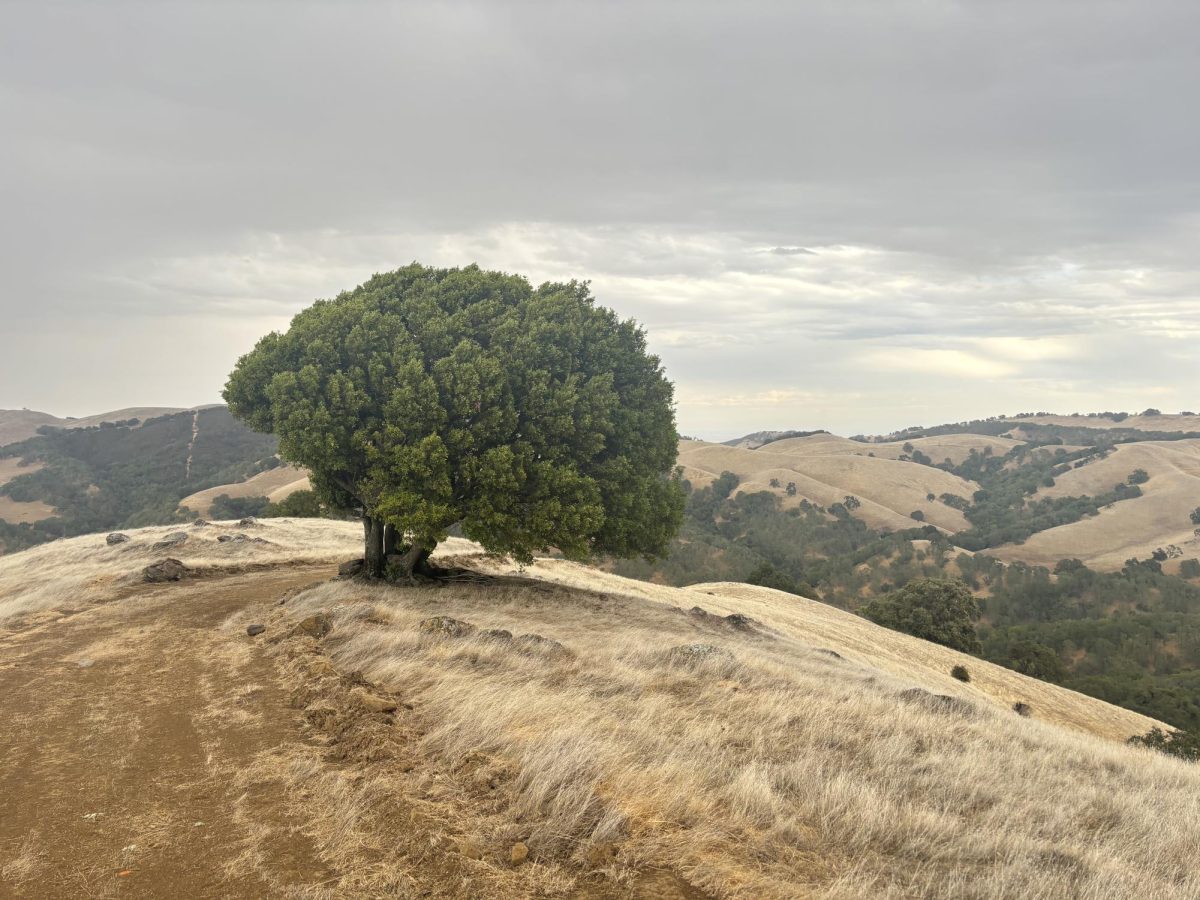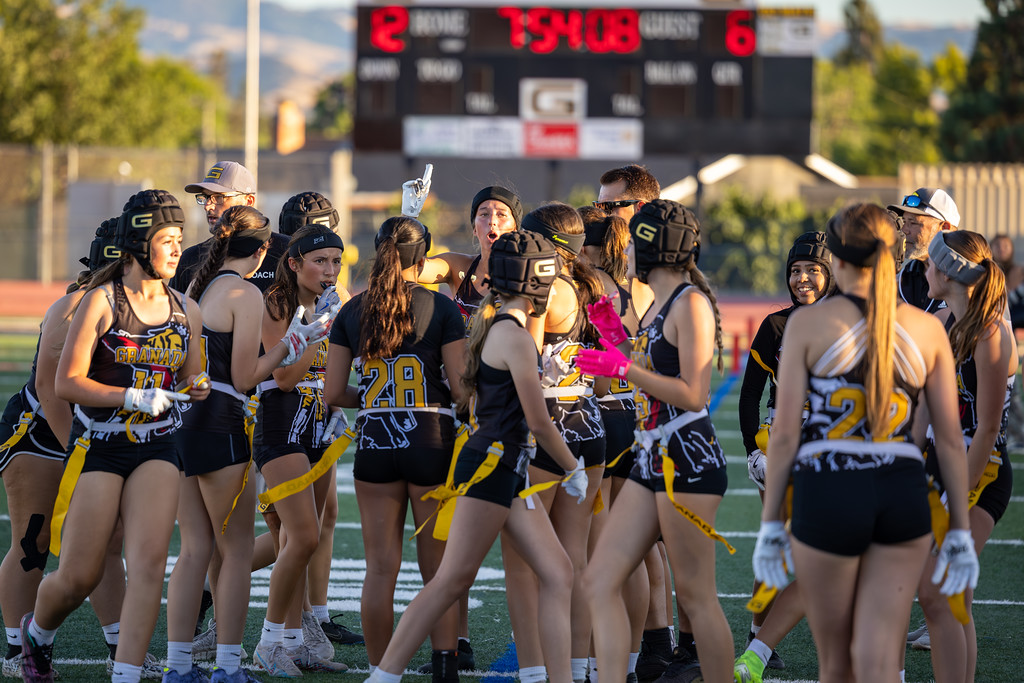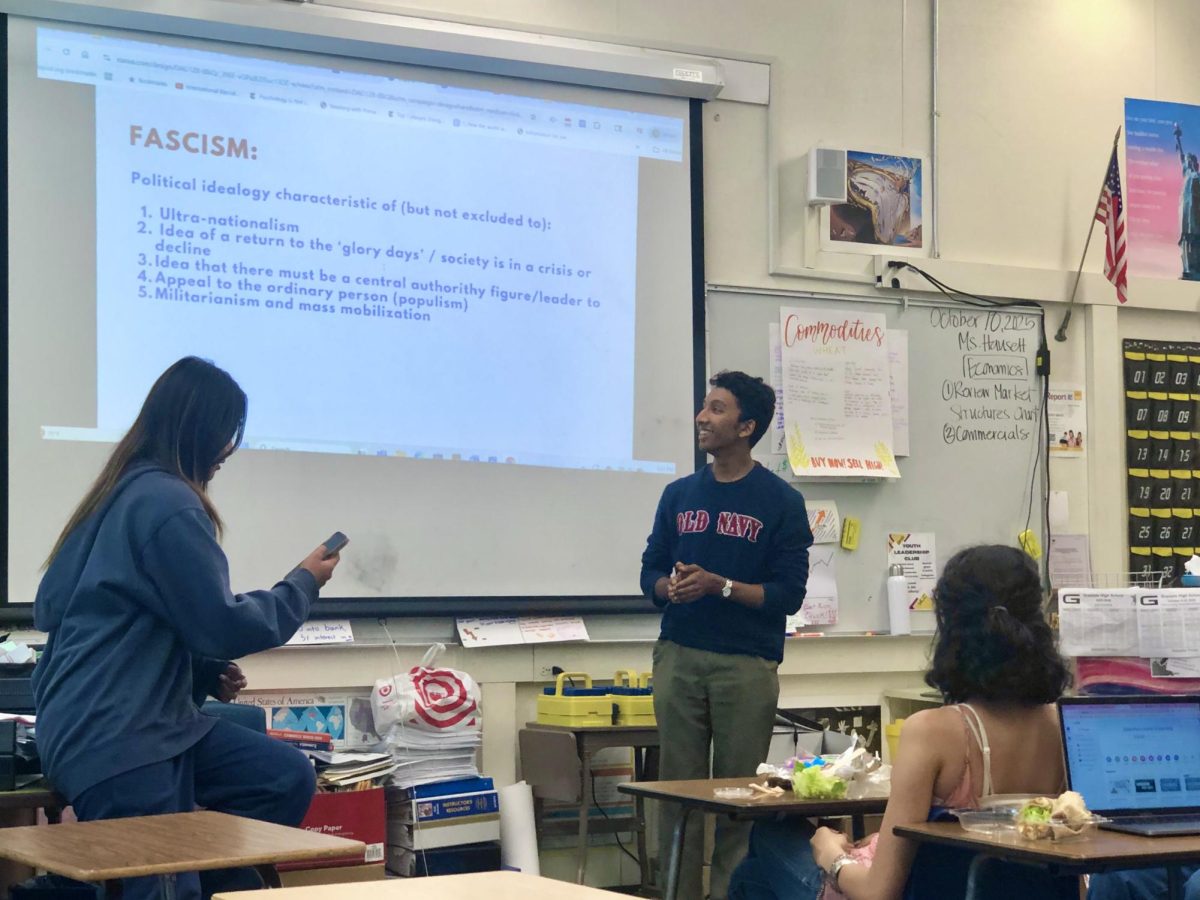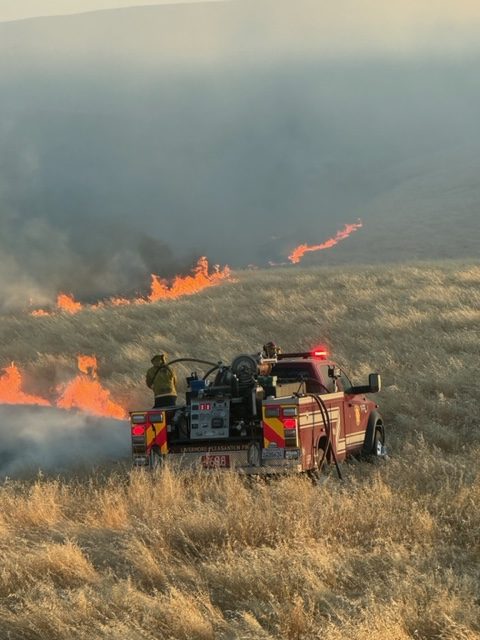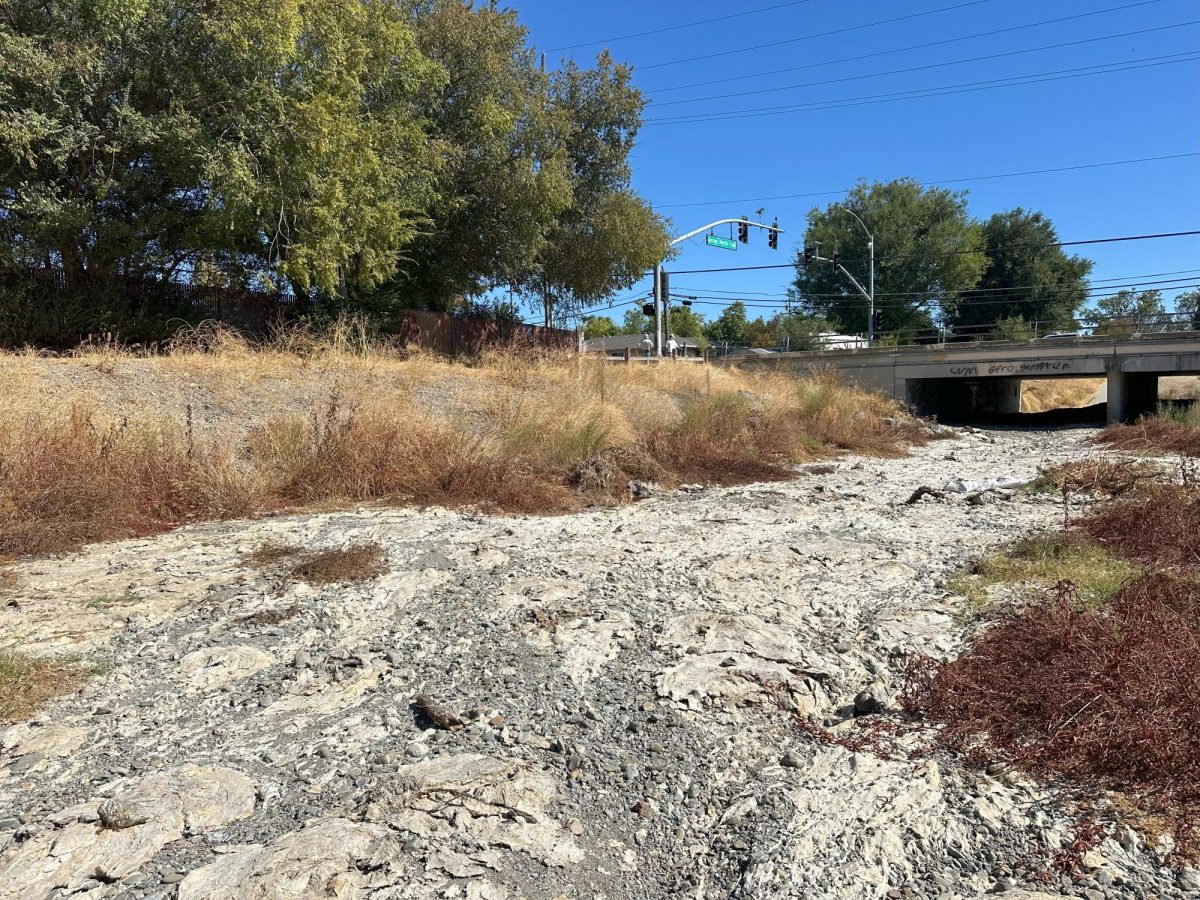On July 24, 2024, a local California fire off Upper Park Road in Upper Bidwell Park, east of Chico, broke out. The cause of this particular fire was arson, which means someone intentionally set fire to a property. Since this fire broke out, 429,603 acres have been burned. The people living near the area were evacuated. Still, since then the fire departments have been able to keep the fire under control, and all evacuation warnings have been lifted, as well as evacuation shelters have been closed.
Within a little over a month, the CAL FIRE Butte Unit, CAL FIRE Tehama-Glenn Unit, and Lassen National Forest have contained 98% of this fire that has affected 4 different counties, including Butte, Tehama, Shasta, and Plumas. These units have been working hard to contain the rest of this fire, but the process is still ongoing due to steep terrain making it difficult for them to finish their job.
During this period, the Fire Suppression repair has been delayed because of a safety risk that remains in the area. The current safety risk is associated with heavy equipment operating near the Fire Suppression repair workers, making it unsafe to begin their work for the moment. The objective of Fire Suppression repair and rehabilitation is to repair damage caused directly by fire suppression activities.
As of right now, the total number of structures damaged is 54 and the total number of structures destroyed is 709. Although there has been quite a lot of property damage, there have been 0 injuries or fatalities because of the evacuation procedures that were instituted in the affected counties.
Wildfires affect civilian areas in several ways including, loss of homes, businesses, and infrastructure (power, communication towers, transportation routes such as railways), loss of trees, watershed areas, and loss of tourism and economic sustainability.
They can have a huge impact on humans. Wildfires cause health issues from wildfire smoke, cause stress on human life from evacuation, loss of their home, etc., and in the most destructive fires, people can lose their lives. After a fire breaks out insurance rates tend to go up and there is potential for debris and mudslides in the burned areas. An example of this is the 2020 California wildfires that killed 33 people, with economic costs of $19 billion, and the firefighting costs were over $2 billion.
Wildfires are incredibly common in California, and this is mainly because of the warm dry climate. They have always been a part of California’s natural landscape. We have contributors to the fire growth and spread including fuel, weather, and topography. California is also very prone to droughts, which can go on for long periods. They can make conditions worse, often leading to larger fires.
Within the last 20+ years, with the fuel buildup in the state and the several years of drought, the wildfires have been burning more intensely and have become harder to contain. This year, fire departments have been busy with local initial attack fires, the largest being the Corral fire, which burned 14,168 acres. This fire destroyed 1 structure and injured two firefighters. There have been 25 fires in and around the Tri-Valley area so far this fire season.
We know that fires are quite common here in California, but how are we supposed to prevent them from happening? Matt Thau, fire battalion chief of the Livermore-Pleasanton Fire Department, advised, “When camping make sure your campfire is out. Mow grass or other fuel reduction work in the morning when the RH is high and [the] wind is low so if you create a spark you do not start a fire and if you do you can put it out. Around the July 4th holiday only use safe and sane fireworks away from combustibles if allowed by law.”
Additional Resources:
www.fire.ca.gov/incidents/2024/7/24/park-fire
211norcal.org/park-fire-tehama/
www.waterboards.ca.gov/centralvalley/water_issues/wildfire_and_water_quality/faq/

